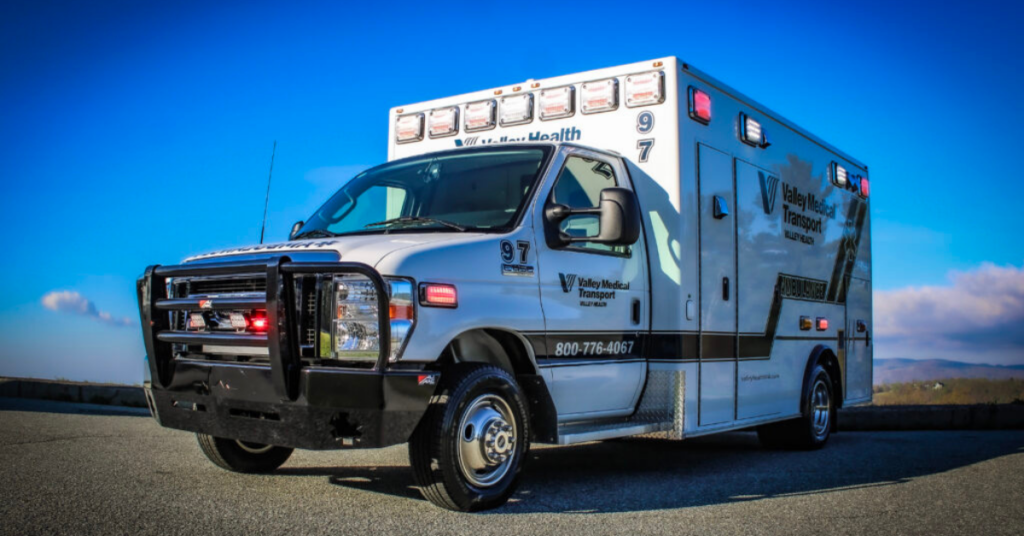Owning and operating a modern ambulance is expensive. EMS agencies often struggle to manage costs, whether handling a single vehicle or an entire fleet. Ambulances can cost between $120,000 and $325,000 each, so finding ways to save when buying and maintaining them can be daunting.
Here are seven tips to help you reduce costs for your next ambulance:
1. Service & Maintenance

- Regular Maintenance: Keeping your ambulances well-maintained extends their lifespan and saves money in the long run. Regular servicing prevents costly repairs later.
- Choose the Right Builder: Opt for a manufacturer known for durability and serviceability. Ensure they support the ambulance and its chassis, have service centers nearby, and provide free training for your team. If you buy factory direct, you could cut maintenance costs by 40% to 60%.
2. Premium Equipment

-
- Avoid Upselling: Be wary of dealers pushing unnecessary high-cost equipment. They may be motivated by commission rather than your agency’s needs.
- Select a Reliable Builder: Work with a company offering valuable features as standard rather than expensive add-ons. This will help reduce costs and simplify the purchasing process. A trusted partner will focus on your needs and not just their profit.
3. Ambulance Downtime

-
-
- Minimize Breakdowns: Vehicle breakdowns can be costly and disrupt service. Agencies often need extra units to cover peak times, maintenance, and emergencies. Choose a vendor with modular components that can be replaced quickly to minimize downtime and reduce the need for backup units.
-
4. Chassis Wear & Tear

- Consider Remounting: Replacing an entire ambulance can be expensive. Remounting the box onto a new chassis might be more cost-effective, especially if the box is still in good condition. Look for builders who offer easy remounting options and lifetime warranties on structural integrity.
5. Remounting

- Choose Durable Materials: Ensure that your ambulances are built with strong, modern materials. Builders using high-quality aluminum construction will provide a longer-lasting vehicle. Avoid companies that use cheaper, less durable materials like wood to cut costs.
6. Structural Integrity
- Choose Durable Materials: Ensure that your ambulances are built with strong, modern materials. Builders using high-quality aluminum construction will provide a longer-lasting vehicle. Avoid companies that use cheaper, less durable materials like wood to cut costs.
7. Crew Health & Safety

- Invest in Safety: Don’t compromise on safety features. New safety requirements mean higher costs for equipment that meets standards, such as crash-tested mounting solutions and safety harnesses. Investing in these features protects both your crew and patients, offering the best return on investment in terms of safety and operational efficiency.
Running an ambulance fleet is expensive, but you can cut costs without sacrificing quality. Focus on regular maintenance, choose the right equipment and builders, minimize downtime, and prioritize safety. These steps will help you manage expenses effectively while keeping your fleet in top shape.
To learn more about how to save money and improve your fleet, contact Emergency Transportation Associates today.
Contact Us
"(Required)" indicates required fields

